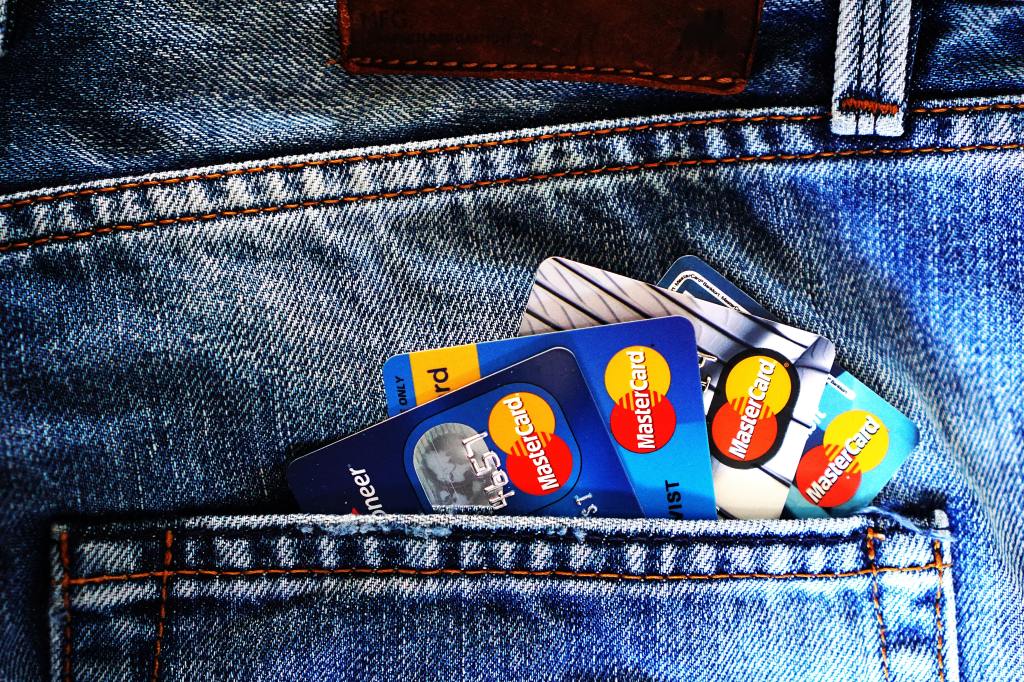For many, credit card debt feels like a “can’t live with it, can’t live without it” situation. On one hand, using credit cards to pay for purchases helps you build your credit score—which is an important rating for many reasons. But credit cards come with a certain set of challenges, namely that they can easily help fuel a cycle of debt that keeps consumers trapped for months or years.
Financial experts recommend paying off your credit card balance in full every month. But life in practice isn’t always as simple as it is in theory. Unanticipated expenses crop up every once in a while, forcing people to pull out their credit cards to stay afloat. Income levels change. Interest rates jump. According to WalletHub, the average U.S. household carried $8,284 in credit card debt by the end of 2018.
If you feel like paying off credit card debt is difficult, you’re not imagining it. Here are four reasons why this particular type of debt tends to be so tricky to tackle.
Reason #1: Opening Lines of Credit Is Easy
If you have a mailbox, you’ve almost certainly received offers in the mail to open a credit card. You may have even received notice that you’ve been pre-approved for a special annual percentage rate (APR). Many cards today sweeten the pot with quick or instant approval.
When you apply for a credit card, lenders will consider a few factors when they’re deciding whether or not to approve you: credit score, how many lines of credit you’ve applied for recently, income, etc. Nowadays there are cards for every type of consumer, from store cards to balance transfer cards and everything in between. So, most consumers are able to find one or more cards for which they qualify.
Reason #2: People Tend to Have Multiple Cards
Andrew Housser, debt relief expert, financial thought leader and co-founder of the Freedom Financial Network, founded a company that helps clients settle their debts for less than the original balance owed. He says the average Freedom Debt Relief customer “enrolls 9 or 10 different creditors,” which demonstrates just how tricky it can be to pay down credit card debt coming at you from all sides. Juggling the repayment of multiple balances tends to complicate the process.
Reason #3: It’s Tempting to Pay the Minimum
Every credit card comes with a minimum payment due, which is the amount you can pay each month without accruing late fees. A typical minimum payment is around two percent of the total balance, or it may be a flat fee like $25. The exact amount depends on how much you owe and the nature of your card.
Paying the minimum balance is like treading water. It’s best to avoid making it a habit. Why? Because, although you’re keeping late fees at bay, interest is still accumulating in the background. Always try to pay more than the minimum amount when you’re digging out of debt.
Reason #4: Interest Keeps Growing… and Growing
Credit cards work on compounding interest. Your outstanding balance accumulates interest. Then that interest accumulates interest. It’s easy to see how this cycle can spin out of control, making it harder to climb out of debt as interest mounts. And credit cards carry a high average interest rate—hitting a record 16.71 percent in 2018.
There are a few ways to avoid the perils of high interest. When you apply for a credit card, know its terms. Does the interest rate bounce back up after an introductory period? Are you getting the best rate possible for your credit score? If you’re feeling the pressure of high interest, consider conducting a balance transfer to a card with low or no APR.
These are just four reasons paying off credit card debt is so difficult. Before you reach for your plastic or apply for a new line of credit, make a plan to keep spending under control. If you’re already in debt, explore your options for eliminating it.




